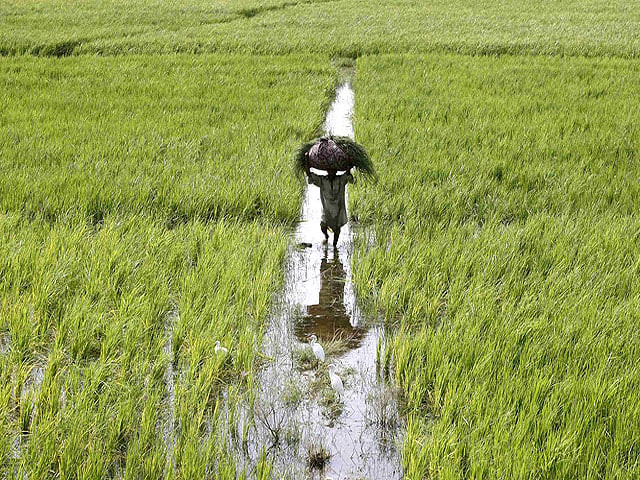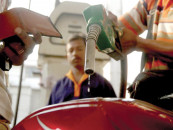Water scarcity feared to affect upcoming crop sowing
IRSA body estimates 35% water shortage in Kharif season

PHOTO: REUTERS
The estimate was arrived at in a meeting of the technical committee of Irsa on Monday and final projection would be made in the huddle of Irsa’s advisory committee on March 31.
Balochistan irked by water shortage
According to an official aware of the development, a Sindh representative talked about water supply in the Kharif season and suggested that Irsa should refrain from water storage at the time of shortage.
“Water should be made available first before storing it in dams for Kharif crops,” the representative said, adding water should also be released from reservoirs to meet the needs of sowing in the season.
Balochistan and Khyber-Pakhtunkhwa are normally exempted from supply cuts during periods of shortage. Still, a Balochistan representative insisted that his province as well as Khyber-Pakhtunkhwa should not be forced to bear the impact if water scarcity emerged in the Kharif season.
However, Punjab and Sindh - two major regions that grow many vital and other crops - are expected to share the water scarcity in the upcoming sowing season, beginning April 1 where major crops like rice, maize (corn), moong, cotton and sugarcane are planted.
Though water shortage was earlier feared to be 40-50% at the beginning of the season, the Irsa’s technical committee noted that the shortage level would stand below 35% and that too would be gradually reduced.
According to deliberations of the committee, 108 to 113 million acre feet (MAF) of water will flow in rivers to meet irrigation requirements in the Kharif season.
Water loss on the Indus River will be 40% in early Kharif, which will be gradually curtailed to 20%. Chenab and Jhelum Rivers will face 10% water loss in the early season, but it will be brought down to zero later.
An Irsa official revealed that the water supply regulator had released 40,000 cusecs each for Punjab and Sindh to help them steer out of the shortage in a week. For Khyber-Pakhtunkhwa, the regulator was releasing 3,000 cusecs.
‘Agriculture sector not getting attention’
The technical committee met to finalise recommendations for water distribution among provinces in the new sowing season. Irsa Director Operations Khalid Rana presided over the meeting where representatives of provinces, irrigation departments and the Water and Power Development Authority (Wapda) were present.
The recommendations will be tabled before the advisory committee at March end for a final decision on water sharing.
According to a report released by Wapda, water inflows in the Indus River at Tarbela were calculated at 22,300 cusecs and outflows at 20,000 cusecs, in Kabul River at Nowshera, inflows were 16,300 cusecs and outflows were also 16,300 cusecs, in Jhelum River at Mangla, inflows were 38,100 cusecs and outflows were 31,900 cusecs and in Chenab River at Marala, inflows were 14,900 cusecs and outflows were 6,500 cusecs.
At present, water level in Tarbela Dam stood at 1,384.85 feet and in Mangla Dam at 1,068.45 feet. Live storage was estimated at 0.055 maf and 0.175 maf respectively.
In Chashma, the water level was at 642.30 feet and its live storage was 0.186 maf.
Inflows and outflows on the Indus River at Tarbela and Chashma, Kabul River at Nowshera and Jhelum River at Mangla reflected the mean flows of 24 hours whereas other flows were gauged at 6am.
Published in The Express Tribune, March 28th, 2017.
Like Business on Facebook, follow @TribuneBiz on Twitter to stay informed and join in the conversation.



















COMMENTS
Comments are moderated and generally will be posted if they are on-topic and not abusive.
For more information, please see our Comments FAQ